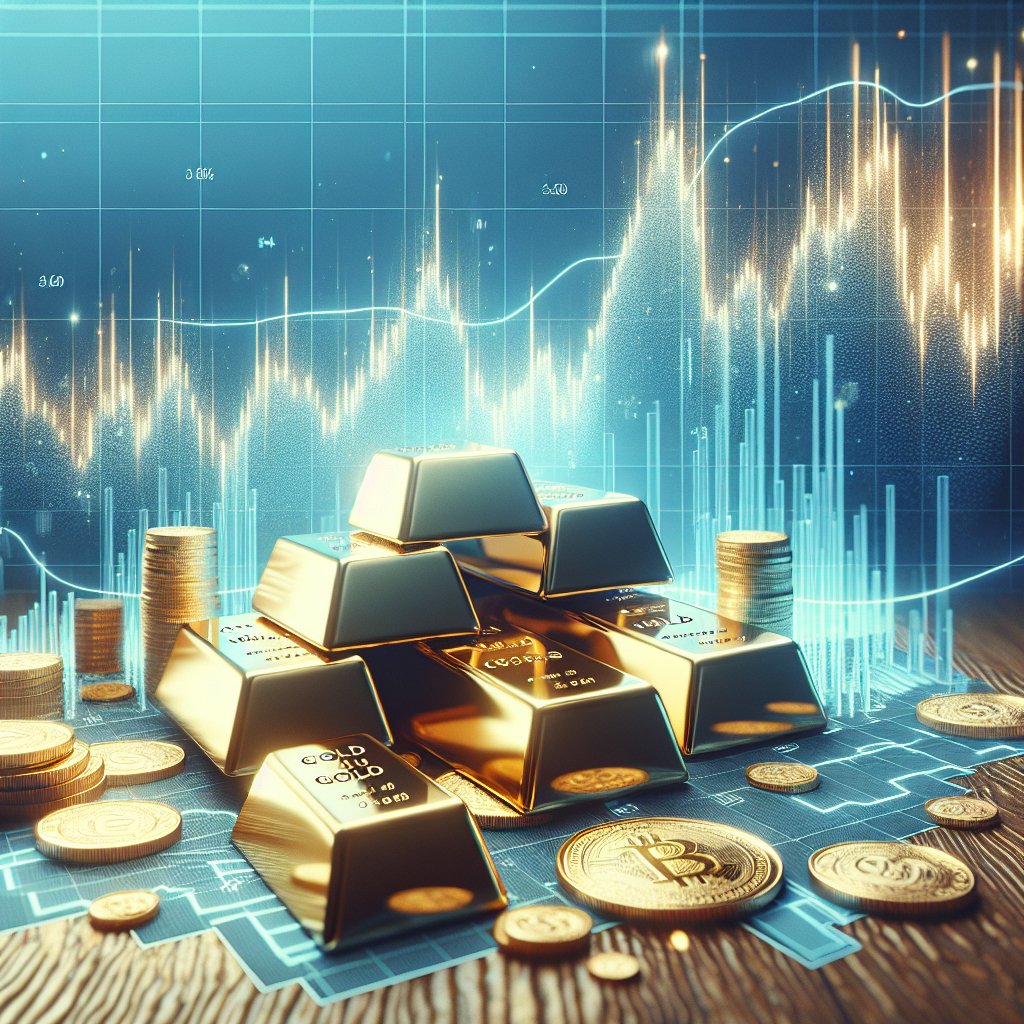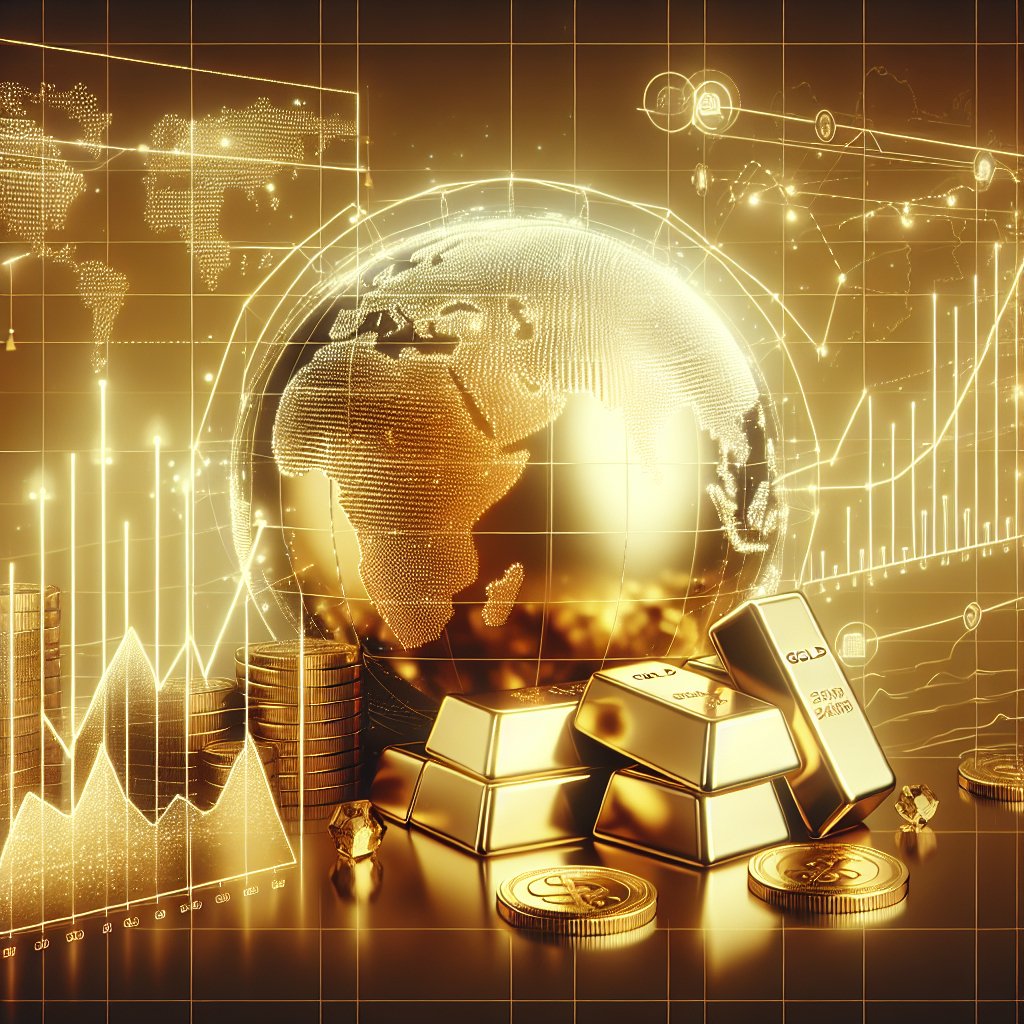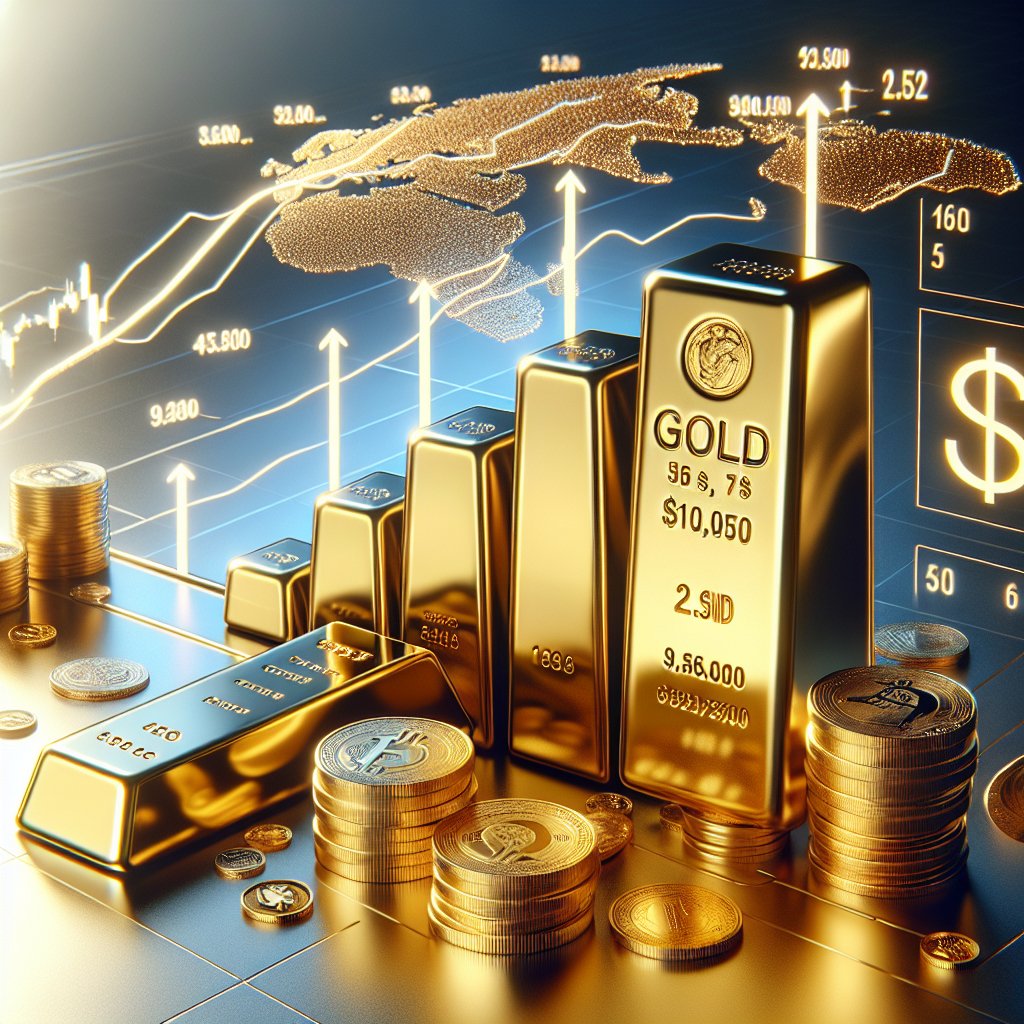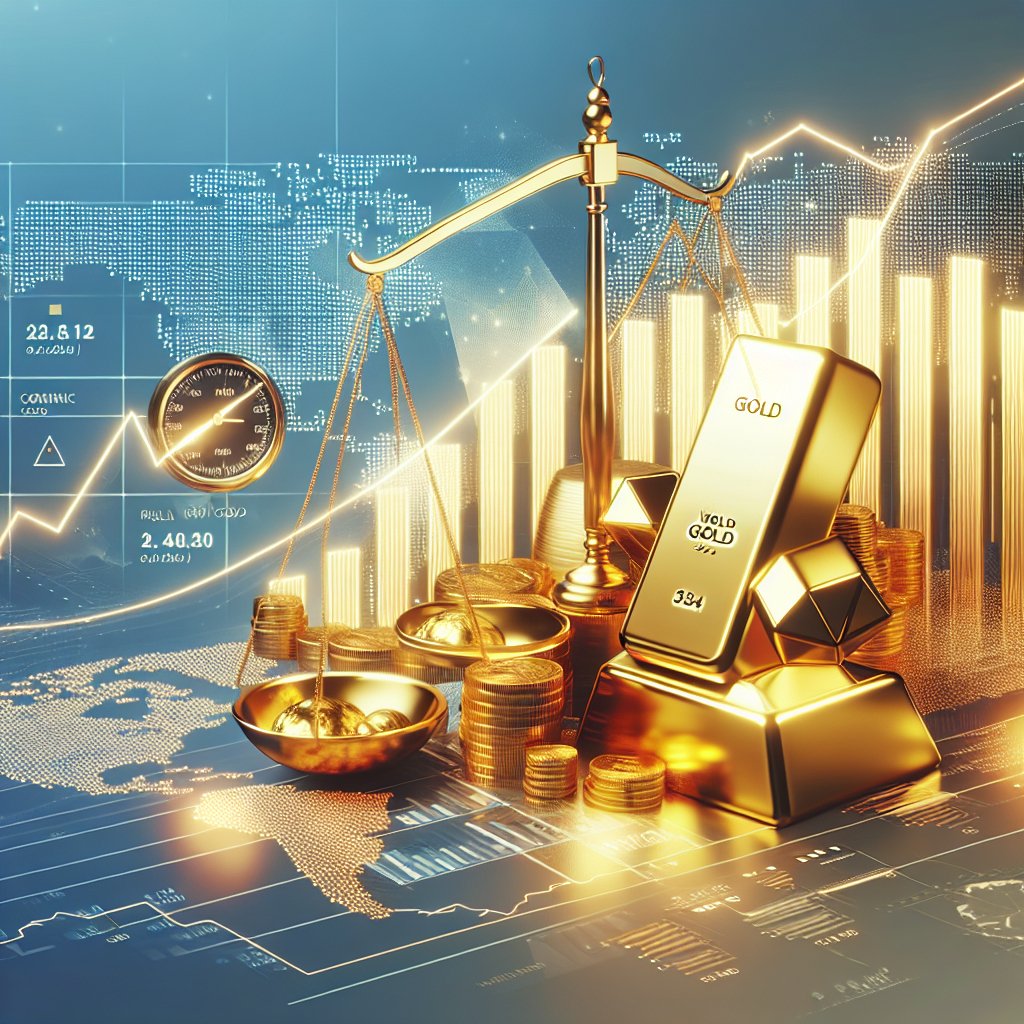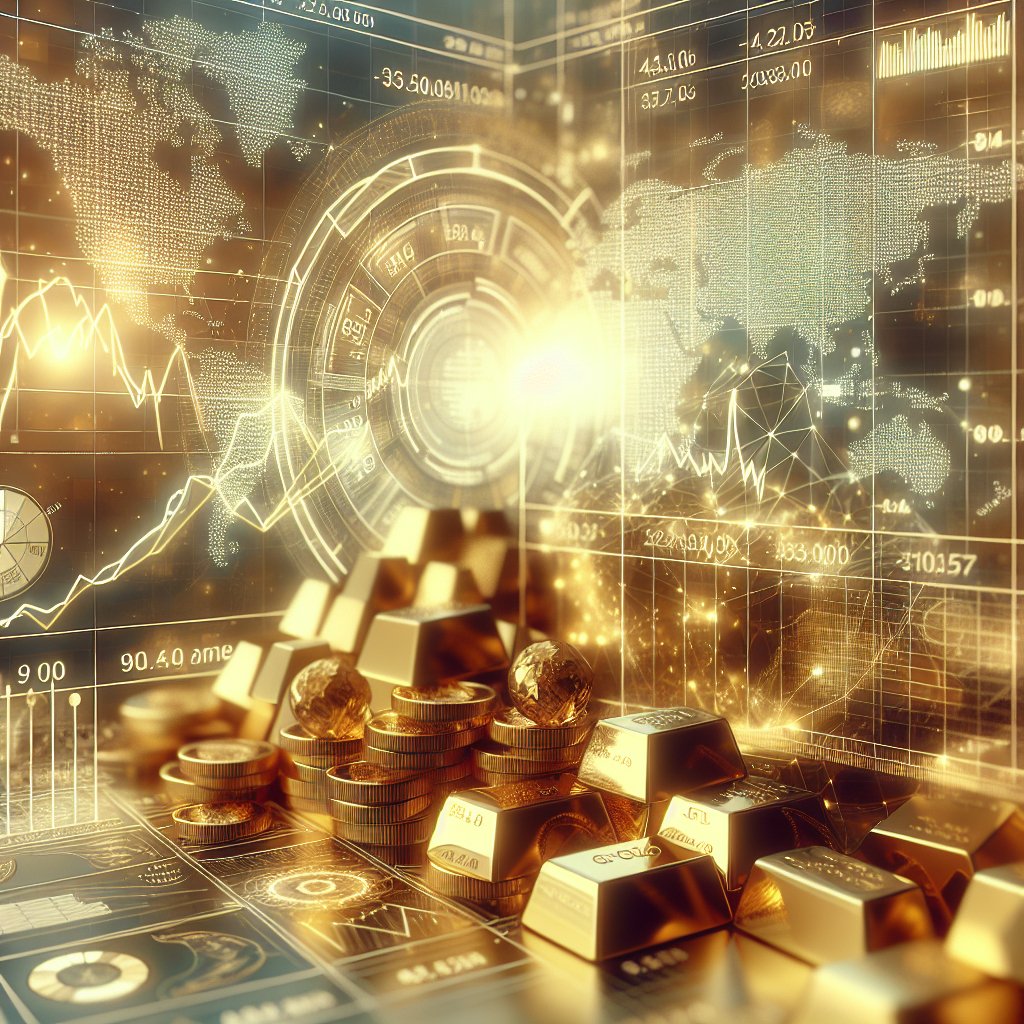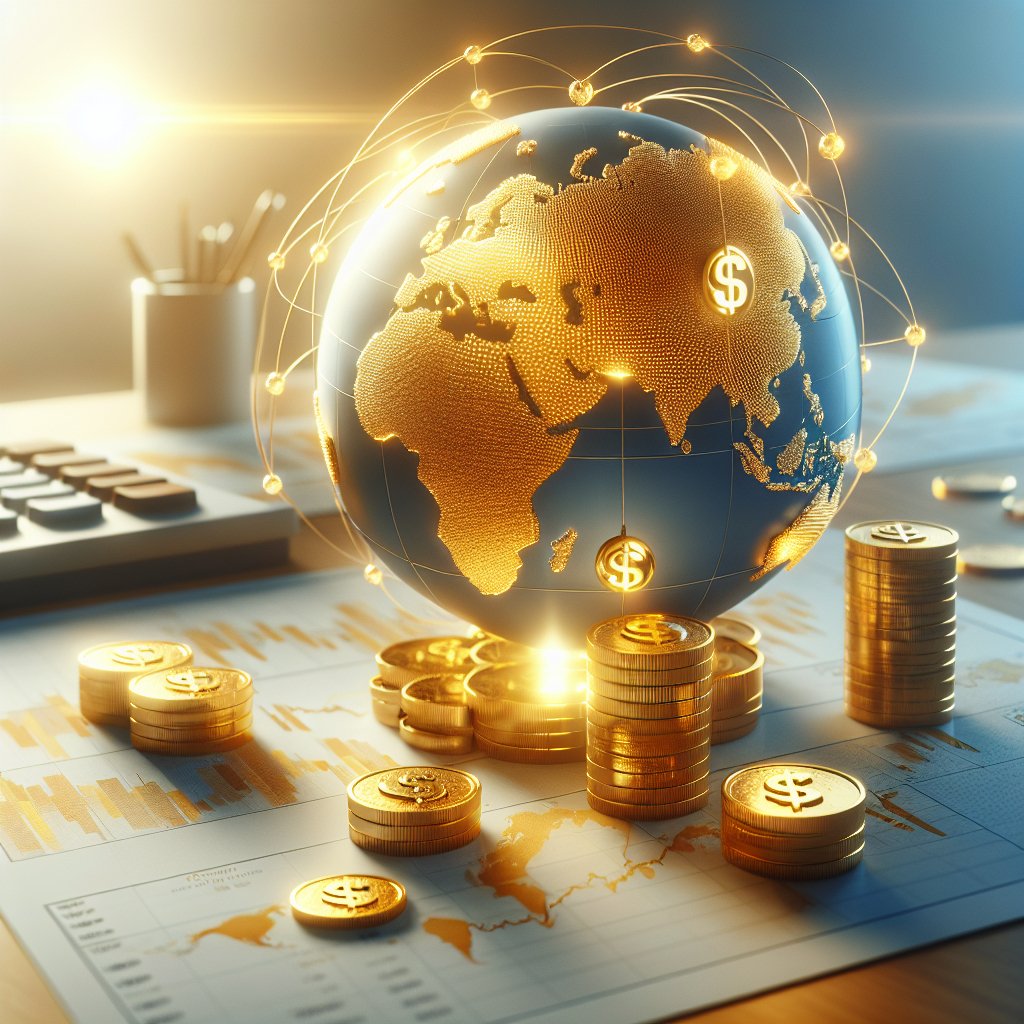Gold has long been considered a safe haven asset, particularly during times of political instability. Its value often rises when investors seek refuge from the volatility and uncertainty that accompany geopolitical tensions. Understanding how gold prices react to political instability is crucial for investors, policymakers, and economists alike. This article delves into the intricate relationship between political events and gold prices, exploring historical trends, economic theories, and future implications.
Historical Trends in Gold Prices During Political Instability
Throughout history, gold has been a reliable indicator of market sentiment during periods of political turmoil. From ancient times to the modern era, gold has served as a store of value, a medium of exchange, and a hedge against economic uncertainty. The metal’s enduring appeal is largely due to its intrinsic value and limited supply, which make it less susceptible to inflation and currency devaluation.
One of the most notable examples of gold’s reaction to political instability occurred during the 1970s. The decade was marked by significant geopolitical events, including the Vietnam War, the Watergate scandal, and the oil crisis. These events led to economic uncertainty and a loss of confidence in fiat currencies, prompting investors to flock to gold. As a result, gold prices soared from around $35 per ounce in 1971 to over $800 per ounce by 1980.
More recently, the 2008 financial crisis and subsequent global recession highlighted gold’s role as a safe haven asset. As financial markets collapsed and governments implemented unprecedented monetary policies, investors turned to gold to preserve their wealth. The metal’s price surged from approximately $700 per ounce in 2008 to over $1,900 per ounce in 2011.
Political instability in the Middle East, particularly the Arab Spring and ongoing tensions between the United States and Iran, has also influenced gold prices. These events have created uncertainty in global oil markets and raised concerns about potential military conflicts, driving investors to seek the safety of gold.
Economic Theories Explaining Gold’s Reaction to Political Instability
Several economic theories help explain why gold prices tend to rise during periods of political instability. One such theory is the “flight to quality” hypothesis, which posits that investors seek to protect their assets by moving them into safer investments during times of uncertainty. Gold, with its historical reputation as a store of value, is often seen as a more secure investment compared to stocks, bonds, or currencies.
Another theory is the “safe haven” hypothesis, which suggests that gold serves as a refuge for investors during periods of market volatility. Unlike other assets, gold is not directly tied to any single economy or government, making it less vulnerable to political and economic shocks. This independence allows gold to maintain its value even when other investments falter.
The “inflation hedge” theory also plays a role in gold’s appeal during political instability. When governments respond to crises with expansionary monetary policies, such as lowering interest rates or increasing money supply, inflationary pressures can arise. Gold, with its limited supply and intrinsic value, is often seen as a hedge against inflation, prompting investors to buy gold as a means of preserving their purchasing power.
Finally, the “currency devaluation” theory suggests that political instability can lead to a loss of confidence in a country’s currency, prompting investors to seek alternative stores of value. Gold, as a universally recognized and accepted form of currency, becomes an attractive option for those looking to protect their wealth from currency depreciation.
Future Implications and Considerations for Investors
As the global political landscape continues to evolve, understanding the relationship between political instability and gold prices remains crucial for investors. While historical trends and economic theories provide valuable insights, it is essential to consider the unique circumstances of each geopolitical event and its potential impact on gold prices.
Investors should also be aware of the potential risks associated with investing in gold. While the metal has historically served as a safe haven asset, its price can be volatile and subject to fluctuations based on a variety of factors, including changes in interest rates, currency values, and global economic conditions.
Moreover, the rise of digital currencies and other alternative investments may challenge gold’s traditional role as a safe haven asset. As technology continues to advance and new investment opportunities emerge, investors must carefully evaluate the potential benefits and risks of including gold in their portfolios.
In conclusion, gold’s reaction to political instability is a complex and multifaceted phenomenon influenced by historical trends, economic theories, and future developments. By understanding these dynamics, investors can make more informed decisions and better navigate the uncertainties of the global political landscape.




